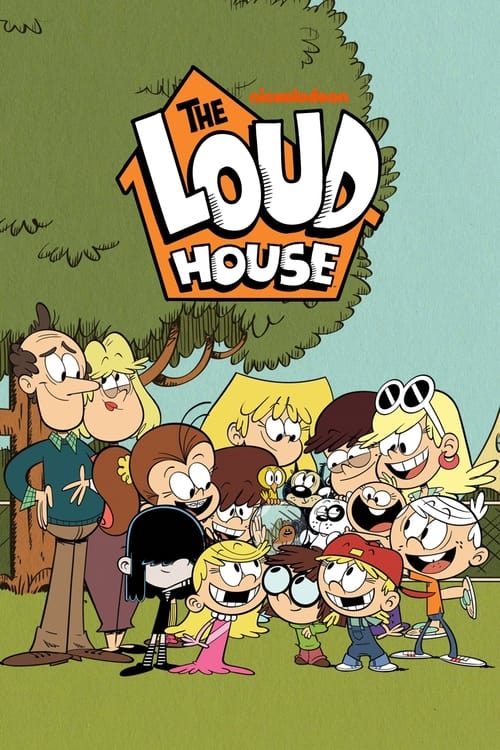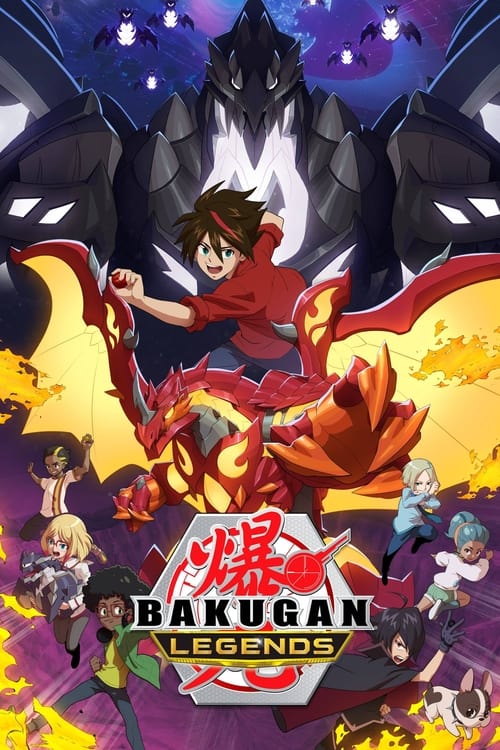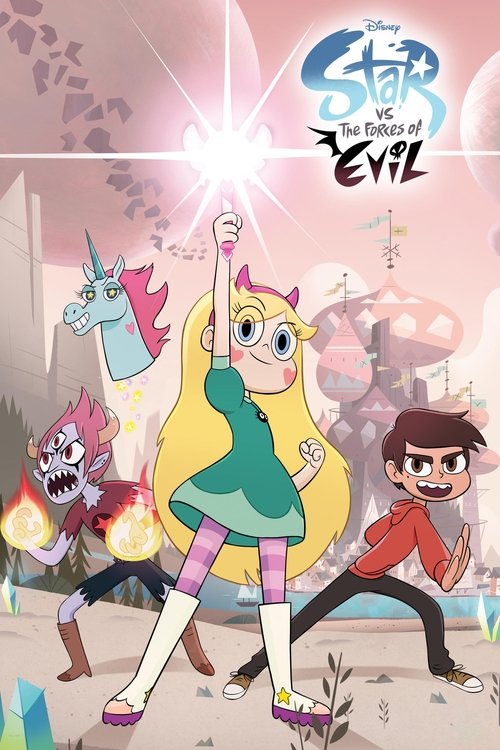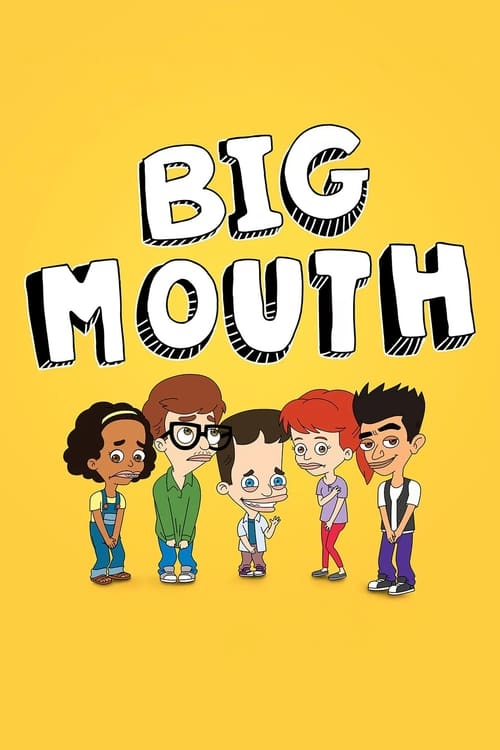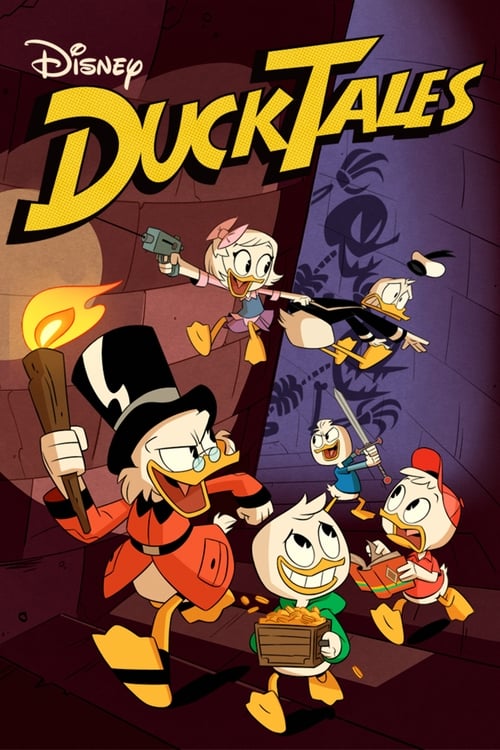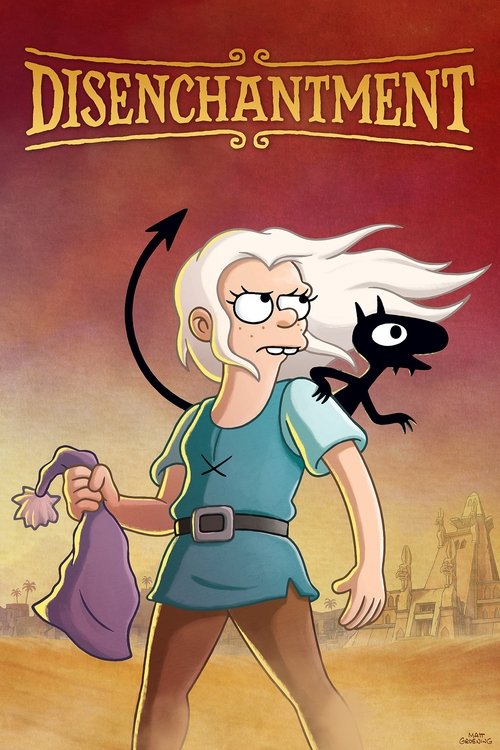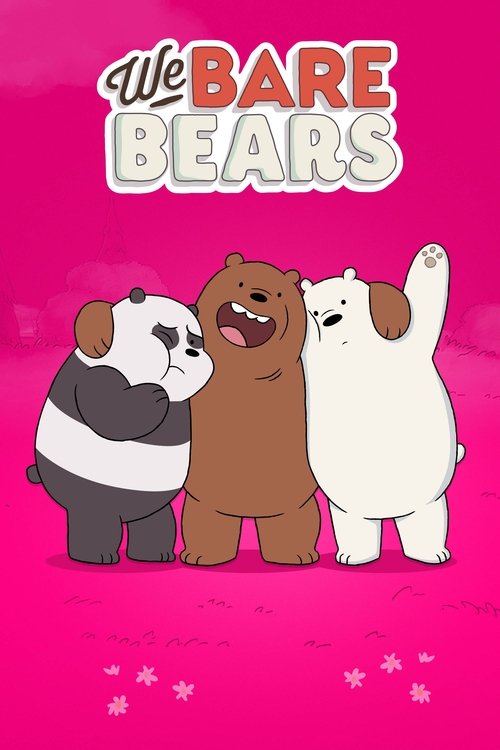
Ask Your Own Question
What is the plot?
Bluey, Bingo, and their dad, Bandit, are outside in the backyard, where they find a wagon. The children are excited and want to go for a ride. Bandit, seeing their enthusiasm, decides to pull them in the wagon. He encourages them to hop in, and they eagerly climb aboard, ready for an adventure.
As Bandit begins to pull the wagon, he starts off slowly, allowing Bluey and Bingo to enjoy the ride. They giggle and cheer as they move around the yard. Bandit pretends to be a train conductor, making train sounds and playfully engaging with the girls. The atmosphere is filled with laughter and joy as they enjoy the simple pleasure of being together.
However, as they continue their ride, Bandit starts to feel the strain of pulling the wagon. He begins to slow down, and the girls notice. Bluey, wanting to keep the fun going, suggests they go faster. Bandit, trying to keep up with their enthusiasm, pushes himself to pull the wagon more quickly, but it becomes increasingly difficult for him.
Feeling the weight of the wagon and the girls, Bandit decides to take a break. He stops and sits down, panting and pretending to be exhausted. Bluey and Bingo, noticing their dad's struggle, express concern for him. They realize that he is working hard to make their ride enjoyable, and they start to feel guilty for not considering his effort.
After a moment of rest, Bandit suggests they switch roles. He encourages Bluey and Bingo to take turns pulling the wagon. The girls are excited about this idea and quickly agree. Bluey takes the first turn, and Bandit hops into the wagon, enjoying the ride as a passenger. Bingo cheers her on, and Bluey feels a sense of pride as she pulls her dad along.
As they continue, Bluey starts to feel the weight of Bandit in the wagon. She struggles a bit but is determined to keep going. Bandit encourages her, telling her she's doing a great job. This motivates Bluey, and she pushes through, pulling the wagon with all her might. The dynamic shifts as Bandit, now in the wagon, shares in the fun and excitement, cheering for Bluey.
After a while, they switch again, and Bingo takes her turn pulling the wagon. Bandit hops out, and Bluey climbs in. Bingo, though smaller, is determined to pull her sister. Bandit encourages her, and she gives it her best effort. The scene is filled with laughter as Bingo pulls Bluey, who is now cheering her on.
As they take turns, the girls begin to understand the effort it takes to pull the wagon. They start to appreciate their dad's earlier struggles and the teamwork involved in their play. The atmosphere is filled with camaraderie and joy as they share the experience, taking turns and supporting each other.
Eventually, they decide to take a break again. Bandit, now back in the wagon, suggests they have a picnic. The girls are excited about this idea, and they all sit down together, enjoying snacks and drinks. The picnic scene is filled with warmth and laughter, showcasing the bond between the family.
As the episode comes to a close, the family reflects on their fun day. They share stories and laughter, feeling grateful for the time spent together. The wagon ride, which started as a simple activity, has turned into a memorable adventure filled with teamwork, understanding, and love. The episode ends on a high note, with the family enjoying each other's company, encapsulating the joy of their day.
What is the ending?
In the ending of "Wagonride," Bluey and Bingo, along with their dad Bandit, are enjoying a fun wagon ride. After a series of playful adventures, they reach their destination, where they all share a moment of joy and laughter, solidifying their bond as a family.
As the episode unfolds towards its conclusion, the scene begins with Bluey and Bingo excitedly pulling their wagon, with Bandit playfully pretending to be a horse. The atmosphere is filled with laughter and joy as they navigate through their backyard, filled with imaginative play. The girls take turns riding in the wagon, each time expressing their delight and enthusiasm.
As they continue their journey, Bandit encourages the girls to use their imaginations, prompting them to think of different scenarios and adventures they could embark on. This playful interaction showcases the strong bond between the father and his daughters, highlighting Bandit's role as a nurturing and engaging parent.
The wagon ride takes them through various imaginative landscapes, with Bluey and Bingo pretending they are on a grand adventure. They encounter obstacles, such as pretending to cross rivers or climb mountains, which adds to the excitement of their play. Bandit, fully immersed in the role of the horse, adds to the fun by making horse sounds and galloping around, which elicits giggles from the girls.
Eventually, they reach their destination, a spot in the yard that they have designated as their "camp." Here, the girls jump out of the wagon, filled with energy and joy. They celebrate their successful journey with laughter and cheers, showcasing their happiness and the fulfillment of their imaginative play.
In the final moments, the family shares a warm hug, encapsulating the love and connection they have built throughout their adventure. The episode concludes with a sense of satisfaction and joy, emphasizing the importance of family bonding and the power of imagination in play. Each character, Bluey, Bingo, and Bandit, leaves the adventure feeling happy and connected, having created cherished memories together.
Is there a post-credit scene?
In the episode "Wagonride" from season 1 of Bluey, there is no post-credit scene. The episode concludes without any additional content after the credits roll. The focus remains on the main storyline and the adventures of Bluey and her family throughout the episode.
What game do Bluey and Bingo play during the wagon ride?
During the wagon ride, Bluey and Bingo play a game where they pretend to be on an adventure, imagining themselves as explorers. They create scenarios and interact with their surroundings, showcasing their vivid imaginations.
How does Bandit, the dad, contribute to the wagon ride experience?
Bandit, the dad, plays a significant role by pulling the wagon and engaging with Bluey and Bingo. He encourages their imaginative play, adding to the fun by pretending to be a character in their adventure, which enhances the overall experience for the children.
What challenges do Bluey and Bingo face while riding in the wagon?
Bluey and Bingo face various challenges during their wagon ride, such as navigating through obstacles like bumps and turns. They also deal with the physical exertion of being pulled in the wagon, which leads to moments of frustration and laughter as they adapt to the ride.
How do Bluey and Bingo react when they encounter other characters during their wagon ride?
When Bluey and Bingo encounter other characters, such as their friends or neighbors, they enthusiastically share their imaginative play. They invite others to join in their adventure, showcasing their friendly nature and desire for social interaction.
What emotions do Bluey and Bingo express throughout the wagon ride?
Throughout the wagon ride, Bluey and Bingo express a range of emotions, including excitement, joy, and occasional frustration. Their imaginative play leads to moments of laughter and bonding, but they also experience challenges that test their patience and teamwork.
Is this family friendly?
The episode "Wagonride" from Bluey is generally considered family-friendly and suitable for children. It features themes of imagination, play, and family bonding. However, there are a few moments that might be slightly upsetting for sensitive viewers:
-
Frustration and Disappointment: There are scenes where characters experience frustration when things don't go as planned, which could resonate with children who may feel similarly in their own play.
-
Conflict Resolution: The episode includes moments of conflict between siblings, which may evoke feelings of tension or discomfort for some viewers, especially those sensitive to sibling rivalry.
-
Physical Play: The characters engage in physical play that might be interpreted as roughhousing, which could be concerning for parents who prefer more gentle interactions.
Overall, the episode handles these moments with humor and warmth, emphasizing the importance of communication and understanding within the family.




